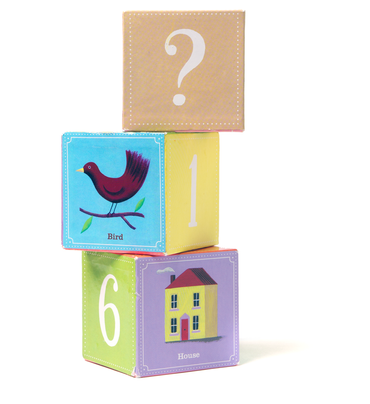
What types of issues can play therapy address?
- Self-esteem/self-concept
- Trauma
- Fear/anxiety
- PhobiasNew Paragraph
- Shyness
- Divorce and separation
- Abuse
- Developmental concerns
- Attachment issues
- Grief
- Transitional issues
- ADHD
- Autism spectrum
- Social skills
- Nightmares
- Bed-wetting

- How long will therapy take?
The number of sessions varies between each child and family and each presenting issue. The number of sessions cannot usually be determined ahead of time. However, Keystone will work closely with the child and the family to determine the specific needs of the child and what may be required to meet those needs. The standard approach that Keystone takes is to have 6 initial sessions which include:
1 parent/caregiver session:
discussion of family history, history of presenting problem, and development of goals for the sessions
3-4 child sessions:
Relationship development and understanding of the child’s needs
1 parent feedback session:
Discussion of treatment plan; the approach the therapist will take; strategies for the parent to use at home; and if required, discussion of outside referrals.
The number of sessions can be reduced through the active participation of both parents/caregivers in session and at home.
- Will my child and I be seen together or individually?
This again is determined by the specific presenting issue. However, in the majority of cases your child will be seen individually for the first part of the session, with 10-15 minutes left at the end for the parent and therapist to speak individually regarding any concerns or progress made during the previous week. During the last part of the session the therapist will also provide homework for the week and/or strategies and recommendations to experiment with at home.
There also may be times therapist requests to see the family as a whole or see particular members of the family together to work on specific issues. But this will be determined during the course of treatment.
- What if my child does not want to come?
Typically children are anxious to meet somebody new, especially if that somebody is there specifically for them. This is normal for many children so expect this to happen. After the first session however in the majority of cases children will be requesting to go back.
Many times children will require the parent to attend the first five minutes (sometimes more) of the session until they get comfortable. Again this is normal and the parents are welcome to stay until the child feels comfortable enough to have the parent leave.
- How do I prepare my child for therapy?
Let your child know he/she will be seeing someone who will be helping him/her with tricky feelings. Let your child know this person will use play and art to help him/her feel better from those feelings that do not make them feel very good. If your child is coming for a specific issue, let him/her know in a developmentally appropriate way that the person he/she will be seeing is going to help him/her figure out their issues through the use of toys or art materials.
Important Things to Remember
1) Give your child permission to tell you as much or as little as they would like about their sessions. This provides a sense of confidentiality for the child. It is very important that the children feel permission to talk and permission not to talk. Children like to please caregivers and will feel pressure to share even when they do not want to, or are unable to talk.
2) Do not display artwork in high traffic areas. Ask your child where he/she would like put the artwork. Children may not want to put their work out for everyone to see. Additionally, displaying their work is like displaying notes from an adult’s session for everyone to read.
3) Some sessions may be particularly difficult for your child due to the emotions and/or topics addressed in session. Therefore you may notice an increase in difficult behaviour the night of the session and possibly the following day.
4) It may be helpful for your child to put some closure around the session if you have a routine or ritual after each session. This provides a sense of containment around their emotions and provides special quality time with you. Examples of such things could be: spending 5-10 minutes at the park, going for ice cream or a hot drink, etc.
5) Some children require the support of a special stuffed animal or toy that they wish to bring to session. Bringing a toy is helpful, however it is important not to bring too many as they may get mixed in with the other toys in the playroom.
6) If more than one member of the family is having a session on a particular day it may be helpful that the family bring games and toys to play with together as waiting for an additional hour can be quite lengthy for a child especially after their own session.
7) Please dress your child in clothes that are okay to get dirty as the child may use art materials that could get on his/her clothes.
8) After the session do not ask your child if he/she had fun playing. This type of play is different than in the home and can be emotionally difficult and draining for your child.


